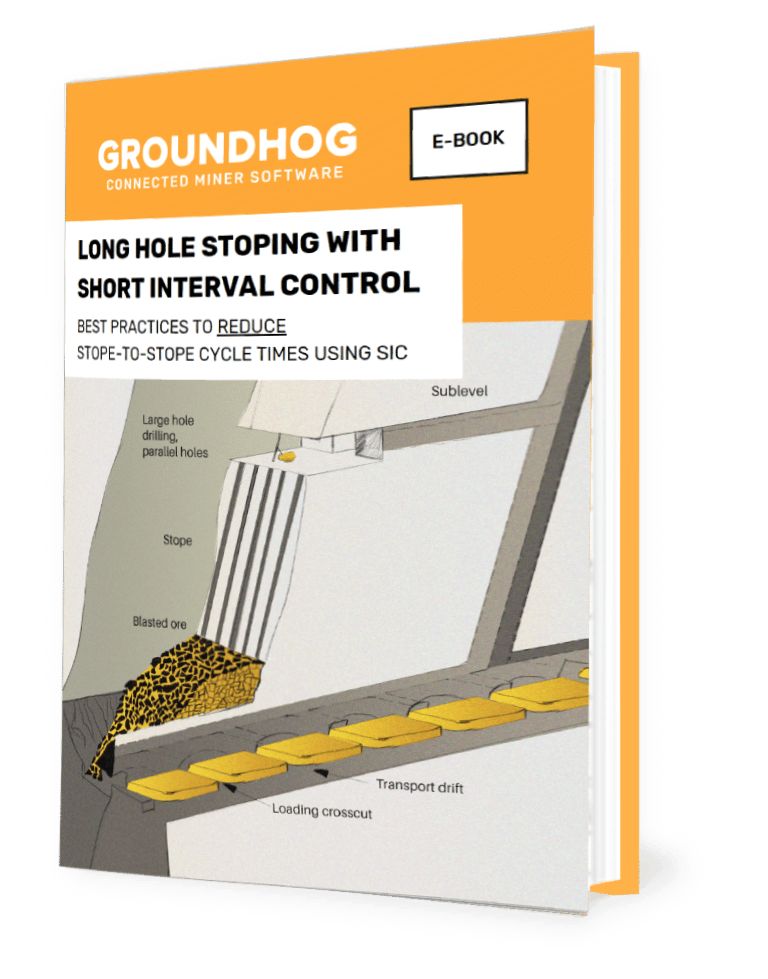Fuel accounts for about 31% of OpEx at mine sites in developed mining markets such as Australia, USA and Canada, and accounts for a lot more in developing countries. About 8% of fuel dispensed at a mine is lost due to fuel theft, also called fuel pilferage. And with diesel prices sky rocketing, thieves find it more lucrative to steal from mining equipment because the tanks are quite large, and fuel utilization is not closely monitored.
Mine owners and contractors should be extremely careful as fuel theft can lead to huge losses. Especially in the case of small mines and quarries where operators work in very slim margins, fuel theft can be the difference between making a profit or getting hit with a loss.
7 Ways to Prevent Fuel Theft
First and foremost, in the words of the legendary Continuous Improvement Expert, Prof. Peter Drucker, “You cannot improve what you don’t measure”. Once you have a system to capture information, however fundamental, you can (and should) analyze the data to make improvements.
Setup Benchmarks to track Fuel Consumption
Fleet Managers should first track the number of liters of Diesel used at the site by equipment type. They should also track the number of liters used by equipment ID and track the names of all the operators that got re-fueled. Monitoring speed, mileage and fuel tank levels can help determine average fuel consumption for every vehicle in the fleet. Any abrupt change in average fuel consumption indicates chances of fuel pilferage. For enhanced security “No ID, No Fuel” mechanism
Create Doubly Entry Fuel Logs
The fundamental rule in accounting (and bookkeeping) is double-entry accounting. Double entry accounting is a method of bookkeeping that tracks where your money comes from and where it is going. A similar system should be implemented at the site – either using pen and paper, an Excel Spreadsheet, or a system like GroundHog’s Fuel Management System. The mine should keep track of diesel liters delivered to a site stockpile or pump site – which can be tracked using an itemized invoice form the fuel delivery company and double-entry log with the pump site.
Take pictures of every fuel transaction and maintain records for future analysis
Use surveillance cameras and enhance facility lighting. Using a CCTV camera, enhancing the lighting in the entire fuel filling stations and putting detectors near fuel bay can reduce fuel theft and increase safety. Position fleet strategically and monitor through Central Control Centre on a screen to notice any unauthorized vehicle motion. Security system should work 24/7 to discourage fuel theft.
Install fuel level sensors in storage tanks
Fuel level sensors installed in fixed fuel stations and mobile fuel bowsers can deliver tank overfill prevention, tank level monitoring, fluid loss control, and fuel-stock condition management. Tracking and management of fluid moves between bulk storages, real time tank level measurement and recording, tank side ‘high’ or ‘low’ level alarms and software alarms provide end to end protection from fuel pilferage at storage tank level.
Install fuel sensors on all equipment – HEMMs and Light Vehicles
Fuel level sensors installed in the fuel tank can measure the volume of fuel using capacitance property. Enabled with GPS tracking this can provide real-time fuel tracking with location intelligence. Fuel level depleted based on engine running. Data can be recorded and monitored at Central Control and Monitoring Center for tracking and analysis. Alerts can be triggered in case of suspicious activities.
Install proximity detection and RFID tags to automate data capture
RFID-enabled components can seamlessly integrate into Fuel Management Systems (FMS) and simplify fuel management for mining equipment fleet and fueling stations. It increases visibility into numerous operational functions and identify and authorize unique vehicles to dispense fuel from dedicated fueling stations. RFID technology has become extremely popular in recent years for both localization and sensing applications. RFIDs are extremely advantageous, as they can be used in harsh mining environments, do not require a line-of-sight connection, and allow real-time collection of data from multiple sensors simultaneously. Each RFID sensor has its own identification number, which makes it unique, making the collection of data from the sensor unambiguous. Seamless processes and automatic reporting reduce process cycle time and eliminate potential fuel theft.
Install an GPS based Fleet Management System for Location Tracking to protect your assets and consumables
Mining equipment left unattended at a job site invites the potential for misuse, abuse, or outright theft. Mining Equipment fleet tracking from GroundHog Software can eliminate above consequences. Live maps show the location of vehicles and assets in remote areas. Idle equipment with no movement and draining in fuel level indicates possible fuel pilferage. Close monitoring of fleet movements, stoppages, and other activities in real time, and drilling down into the reports, can determine the extent of idling as well as the locations where it happened. Geofencing capabilities can detect any “out-of-bounds” activity. Provide Alerts and Notifications for unauthorized use and suspicious activities.
Mining equipment left unattended at a job site invites the potential for misuse, abuse, or outright theft. Mining Equipment fleet tracking from GroundHog Software can eliminate above consequences. Live maps show the location of vehicles and assets in remote areas. Idle equipment with no movement and draining in fuel level indicates possible fuel pilferage. Close monitoring of fleet movements, stoppages, and other activities in real time, and drilling down into the reports, can determine the extent of idling as well as the locations where it happened. Geofencing capabilities can detect any “out-of-bounds” activity. Provide Alerts and Notifications for unauthorized use and suspicious activities.
First and foremost, in the words of the legendary Continuous Improvement Expert, Prof. Peter Drucker, “You cannot improve what you don’t measure”. Once you have a system to capture information, however fundamental, you can (and should) analyze the data to make improvements.

Author: Amitava Dutta
Amitava is the Director of Product Operations at GroundHog. His expertise includes mine digitization software including Scheduling, Fleet Management, Maintenance Management, Quality Control and Safety. He also has deep expertise in IoT sensors used in mines and mills.
Please use the form to schedule a 30 minute consultation to see how we may be able to help your Digitization and Automation goals



